|
簡體中文|
English| Launch:2022-07-01 |
How important is it to understand the crystal form of a solid drug? The simple answer is that a suitable drug crystal form can improve the biological activity of the drug, the thermodynamic stability of the API, the stability of the preparation, and is conducive to the molding of the preparation. Therefore, its importance is self-evident. In recent years, the threshold for granting patents for solid drug crystal forms has been raised. This can also be seen that the State Intellectual Property Office is paying more and more attention to novelty and innovative research and development in the field of drug crystal forms. So how can we figure out the crystal form of the drug under development? The authors below list the common methods for detecting the crystal form of solid drugs at present, let's take a look.
Detection method | principle | merit | shortcoming |
XRD | Crystal structure is analyzed by X-ray diffraction | Precise calculation of crystal spacing | The amorphous structure is difficult to evaluate with XRD |
DSC | The stability and melting point of crystals are analyzed by endothermic/exothermic reactions | Can observe the properties of crystals | The structure of the crystal cannot be defined |
Infrared absorption spectrum | Structural analysis is carried out by selective absorption of electromagnetic radiation from substances in the infrared light region. | It can provide rich structural information | Grinding may cause changes in the crystal form of the drug |
Raman | Chemical structures are analyzed by analyzing scattered light produced by laser radiation. | Sample preparation is simple and there are no special requirements | It is difficult to analyze the absolute structure of the crystal by Raman |
In recent years, due to the characteristics of Raman spectroscopy, the use of Raman spectroscopy to identify different crystal forms of solid drugs has emerged in an endless stream. Recently, we successfully distinguished the different crystal forms of solid drugs including glutamate, chloramphenicol, aripiprazole using the Portman785 high-performance portable Raman spectrometer Oceanhood, fully demonstrating the development prospects of Raman spectroscopy in identifying different drug crystalline form application scenarios.
Portman785
The Portman785 is a professional portable Raman spectroscopy detection system with a built-in high-performance infrared enhanced fiber optic spectrometer, which improves the signal sensitivity of the near-infrared band of >800 nm, resulting in a significant enhancement of the 785 nm Raman spectrum. In the face of research scenarios that require high sensitivity, such as crystal pattern identification and protein research, subtle Raman signals can be captured.
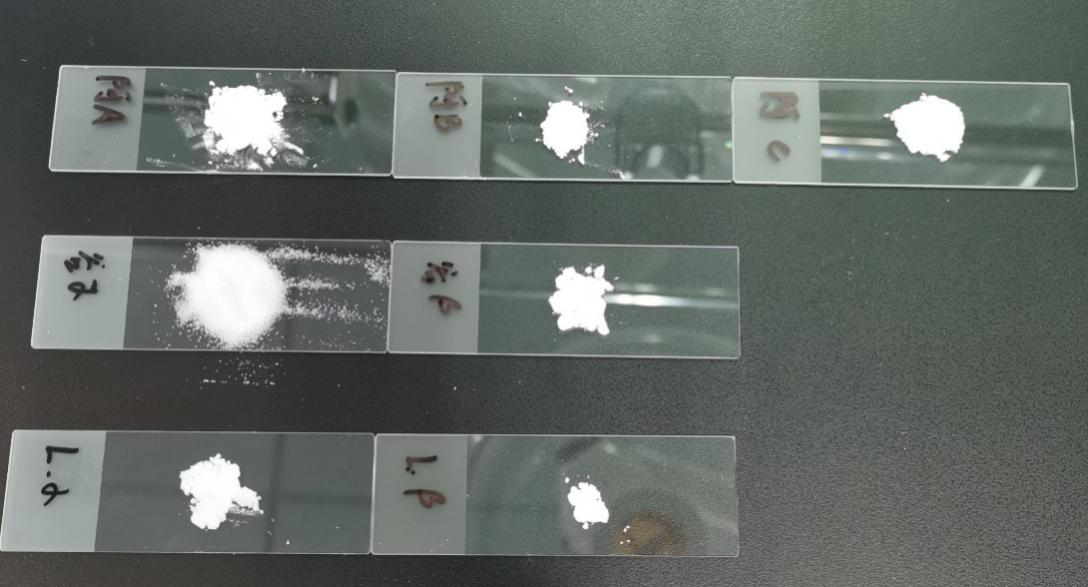
Solid drugs of different crystal types only have differences in crystal form, while there is no difference in the composition of the substance, and the difference is very small. But our detection results using the Portman785 portable Raman spectrometer show that this subtle difference is still unmistakable under the "golden eye" of Raman spectroscopy. The Raman spectra of solid drugs of different crystal forms are shown in the figure below, in which we mark the more significant spectral differences.
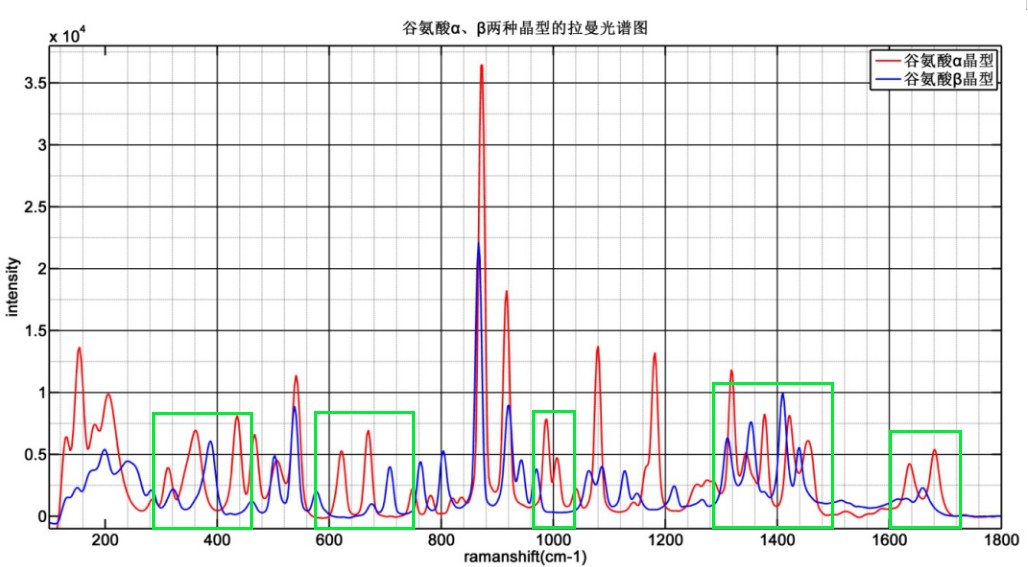
Fig. 1: Raman spectra of glutamic acid α crystal forms and β crystal forms
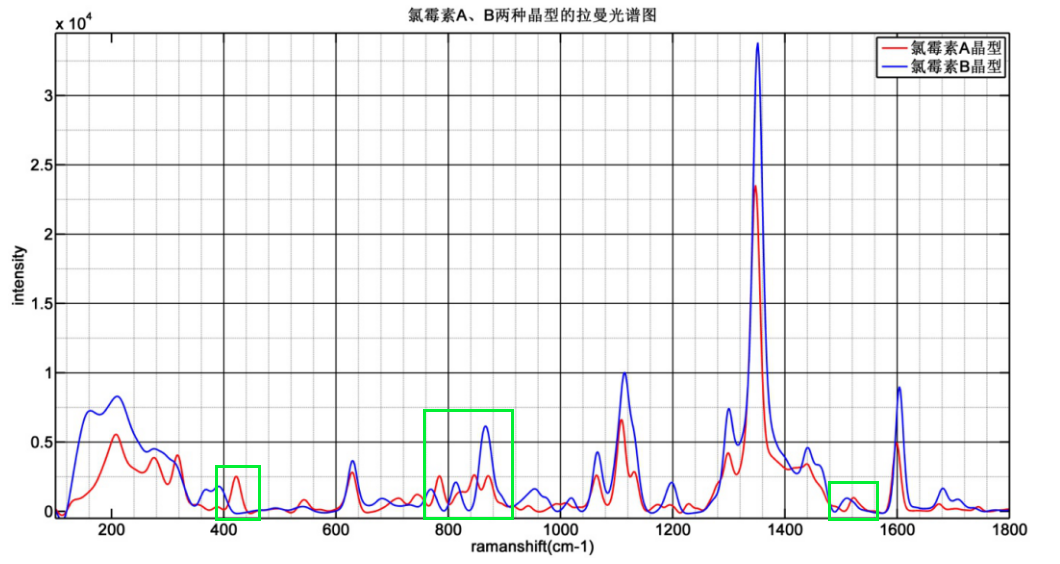
Fig. 2: Raman spectra of chloramphenicol A and B crystal forms
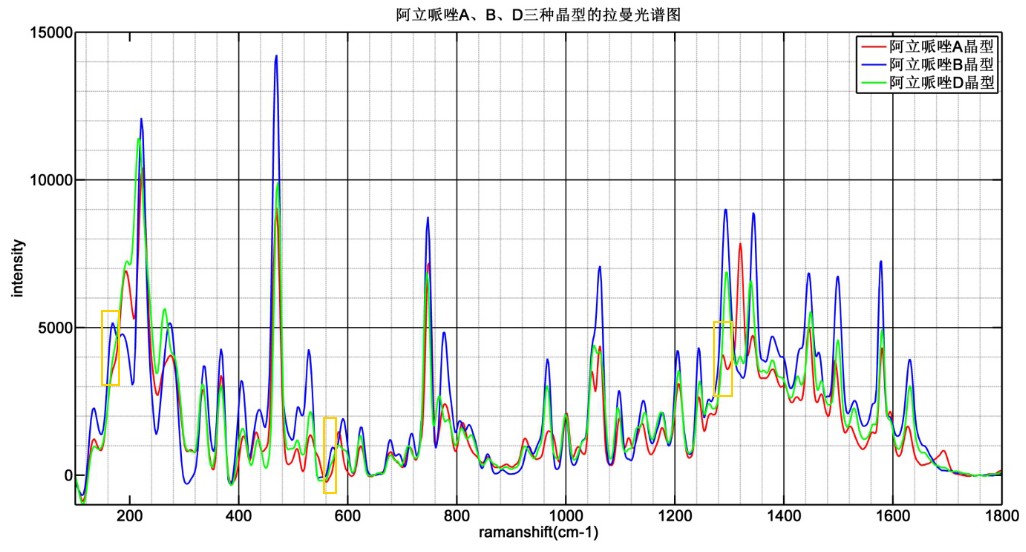
Fig. 3: Raman spectra of aripiprazole A, B, and D
Between November 2019 and December 2019, we conducted several experiments on the determination of raman spectroscopy of drug crystal forms. Experimental data show that the shape, position, intensity and difference of the main scattering peaks of different crystal forms of glutamate, chloramphenicol and aripiprazole are obviously recognizable in the main scattering peaks obtained by each measurement. This also shows that Raman spectroscopy has good accuracy, reproducibility and durability. Thus, it can provide a basis for the modeling of process analysis techniques such as crystalline analysis of finished APIs, offline and online in-situ monitoring and control during the crystallization process.
With the continuous deepening of Raman spectroscopy in drug analysis research, Raman spectroscopy is a drug analysis method with great potential for future development. Raman spectroscopy was first included as a general analytical method by the United States Pharmacopeia (USP), and subsequently as a drug crystal form detection method in the European Pharmacopoeia and the British Pharmacopoeia.

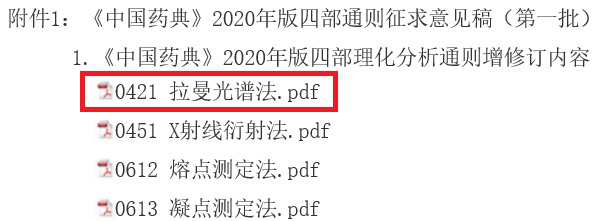
Oceanhood handheld Raman spectrometer organically combines the three core functions of spectroscopic instruments, acquisition and analysis software, and spectral data control. It realizes the hierarchical management of equipment management, user management and data management, providing convenient and effective tools for on-site detection.
I believe that in the future, Raman spectroscopy will become one of the most powerful tools in the pharmaceutical industry in the process of drug development and production!

